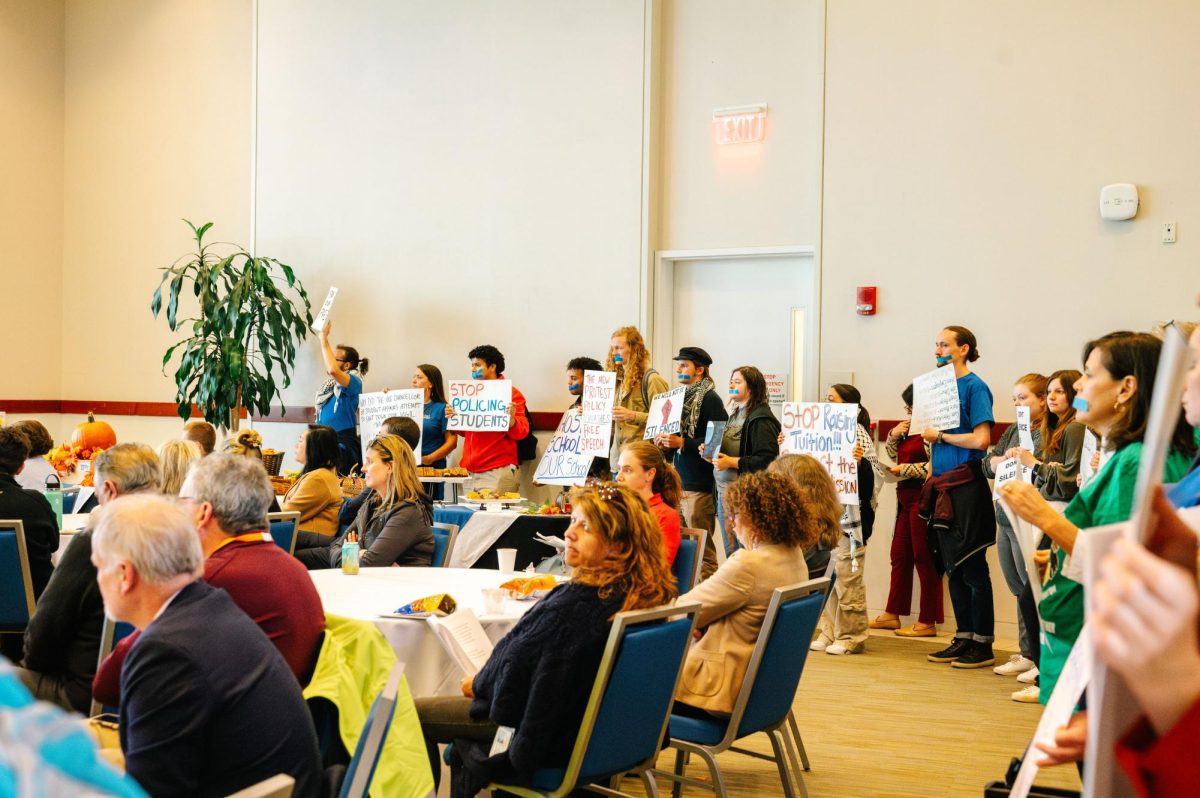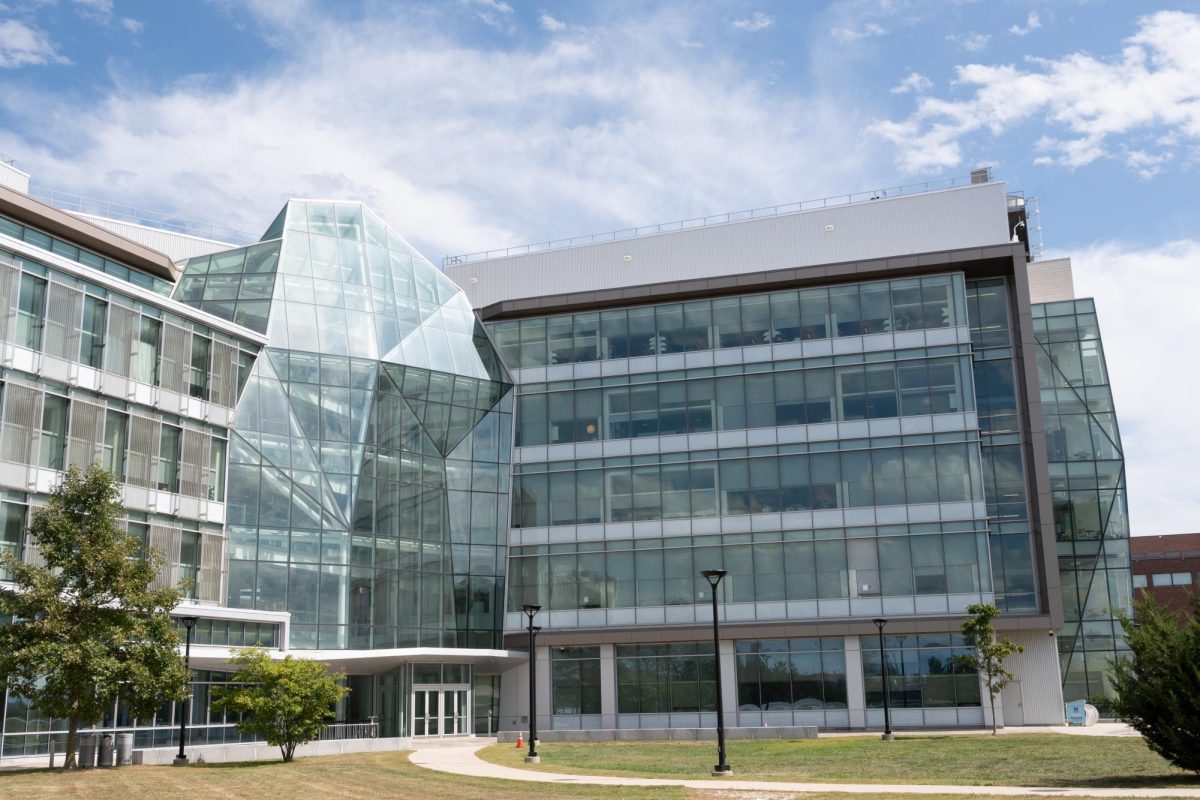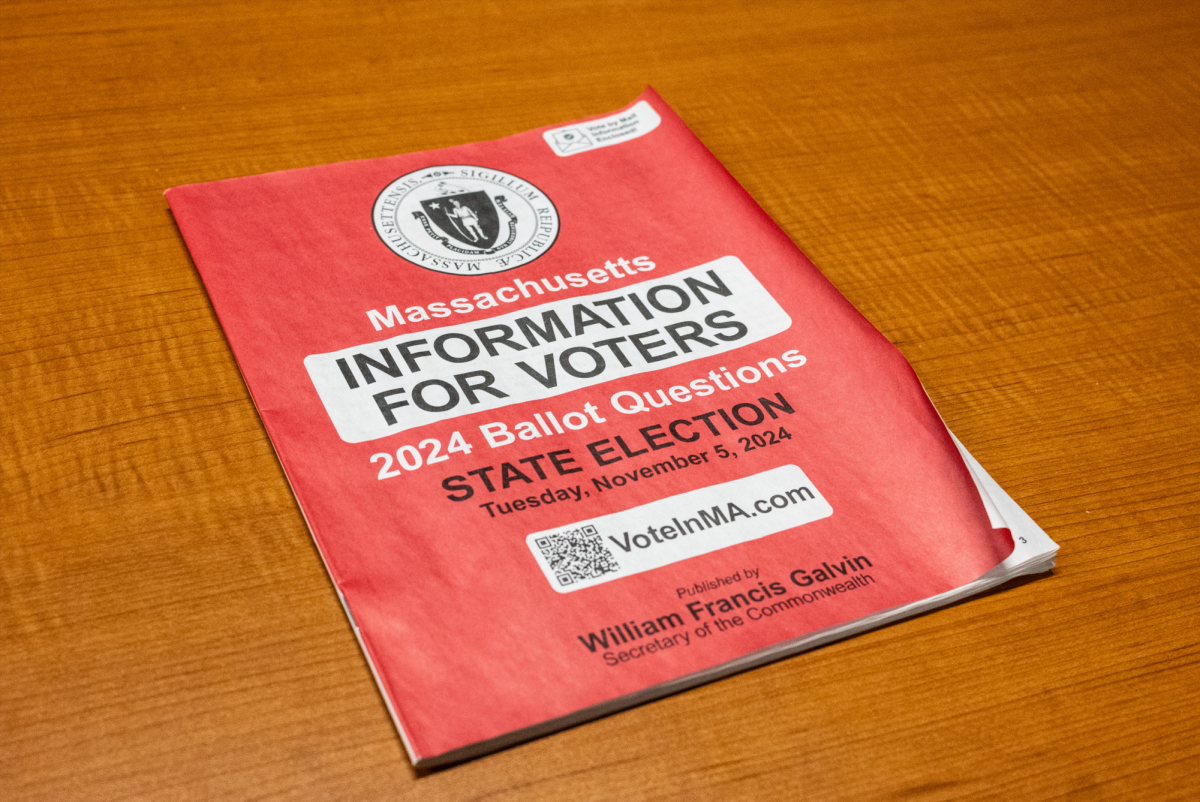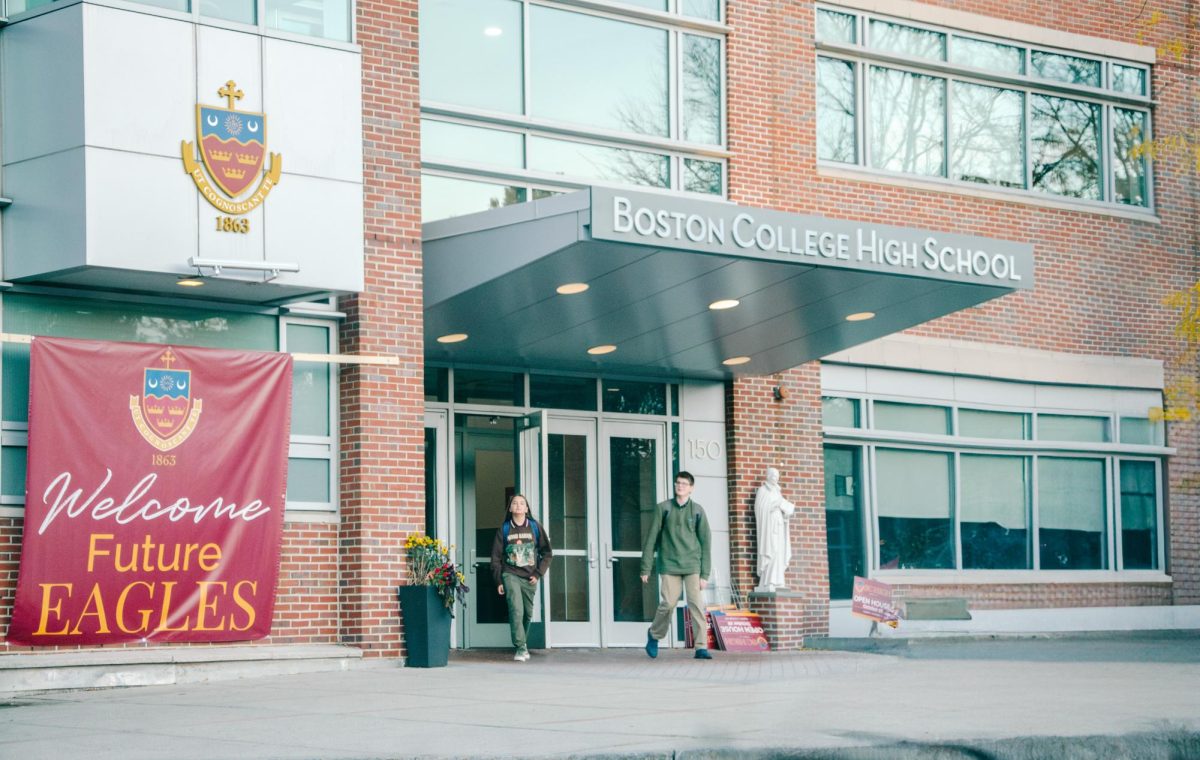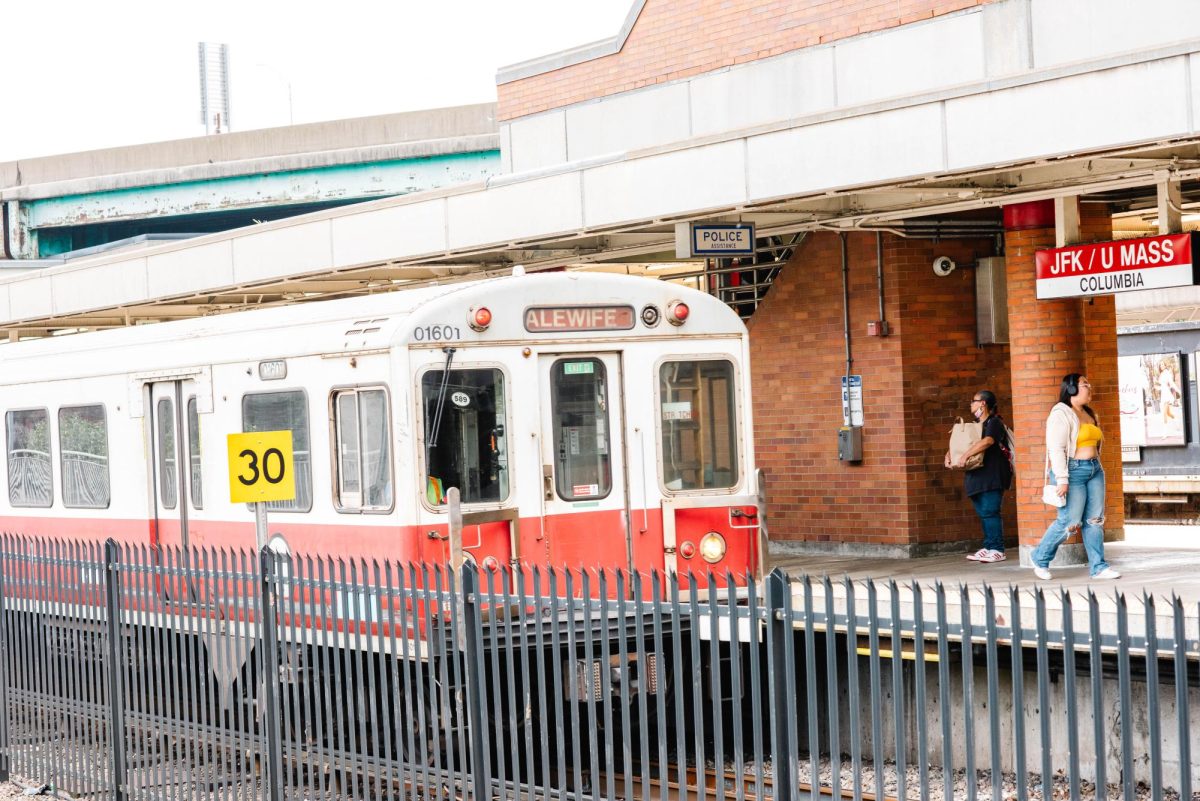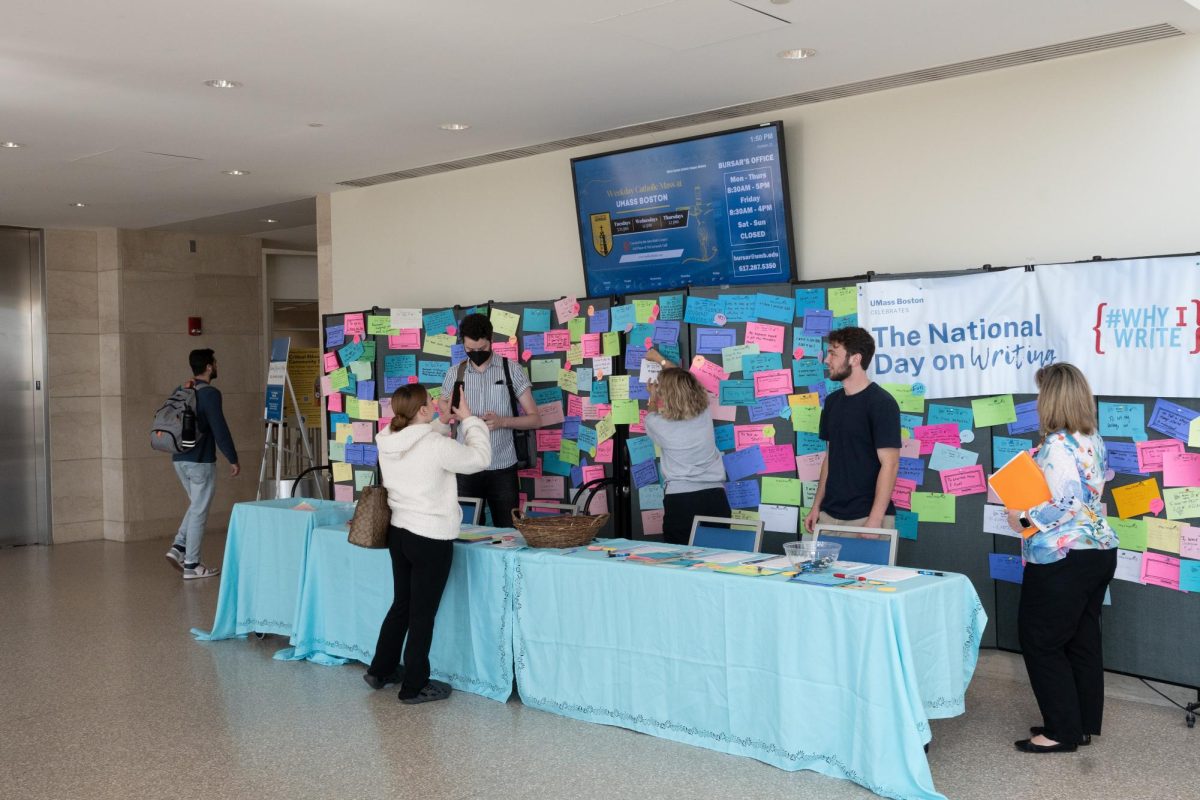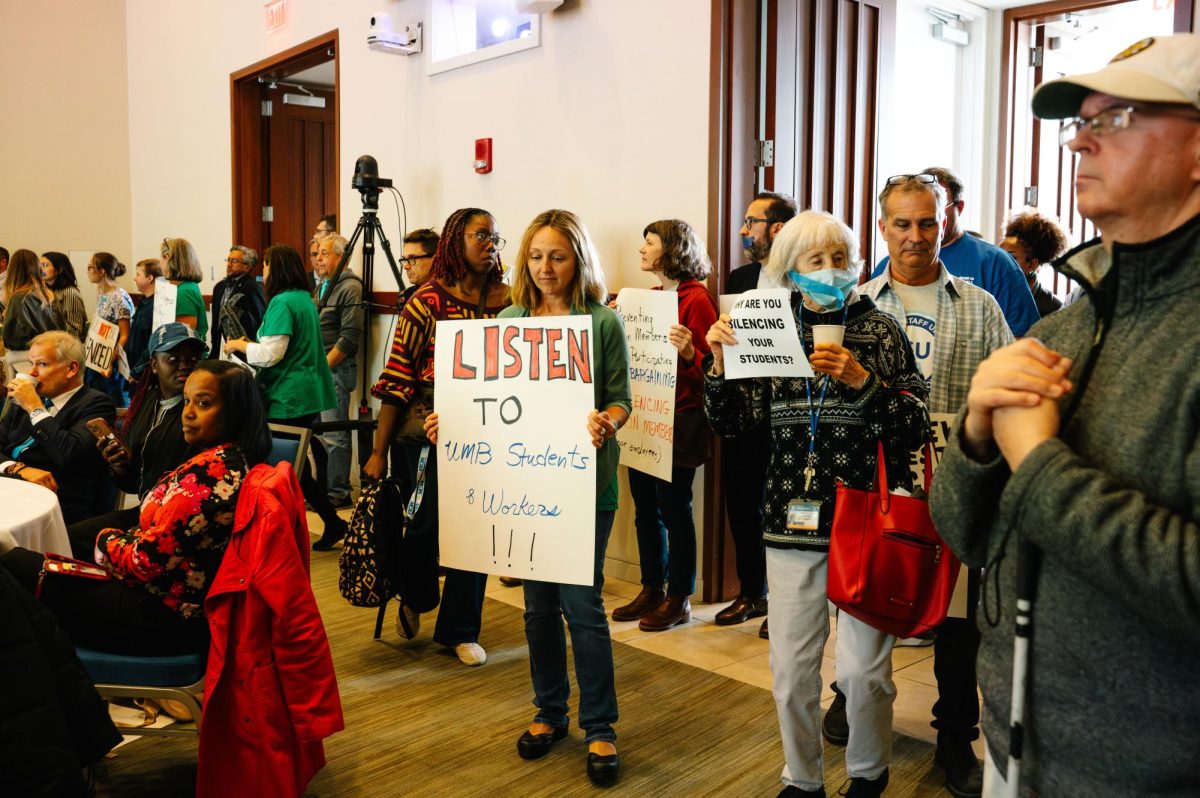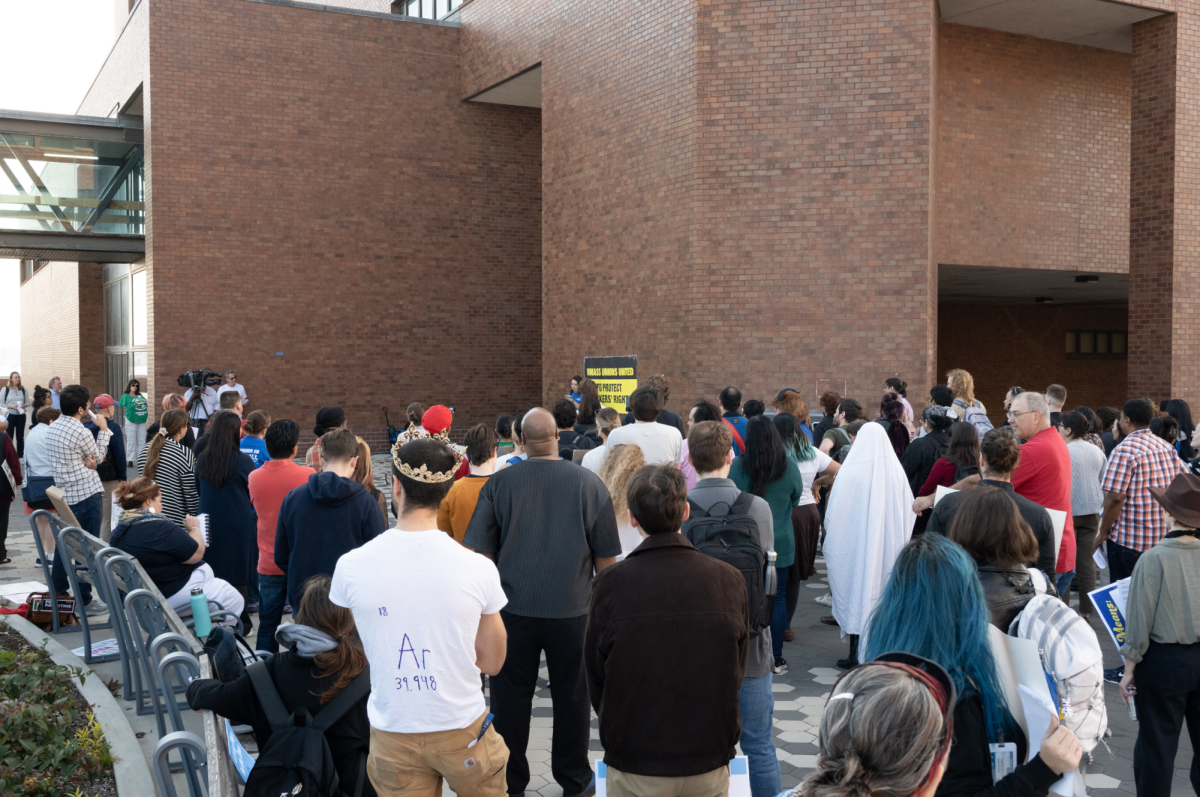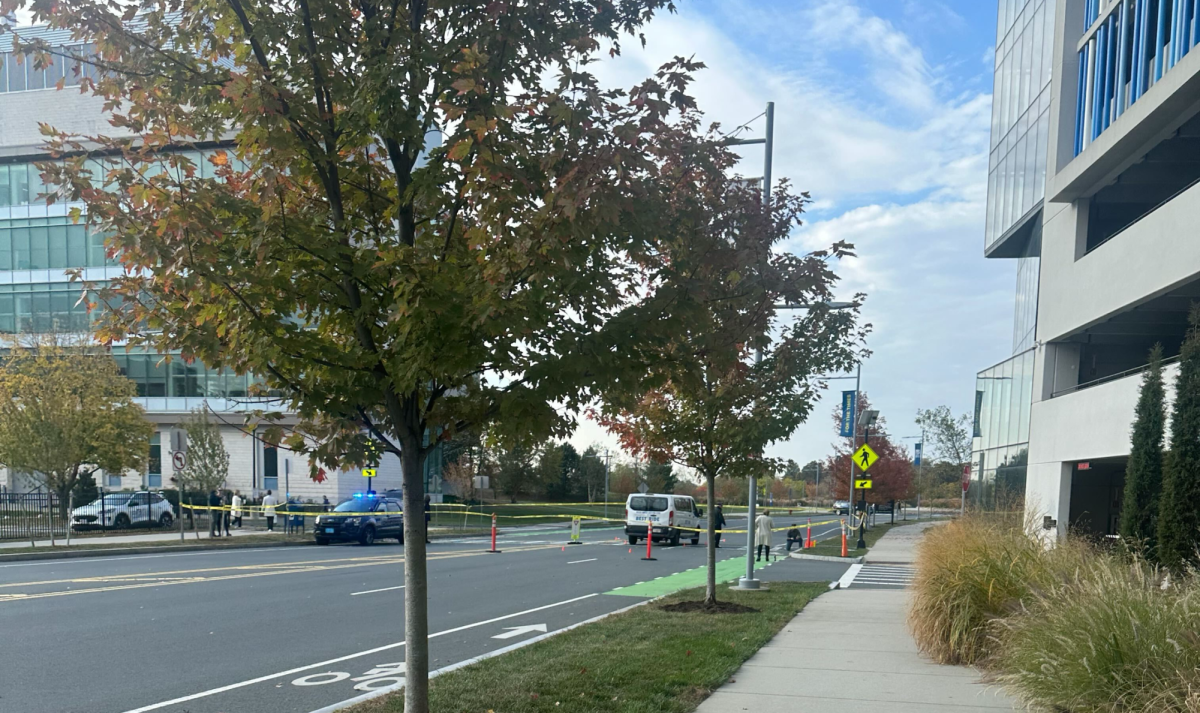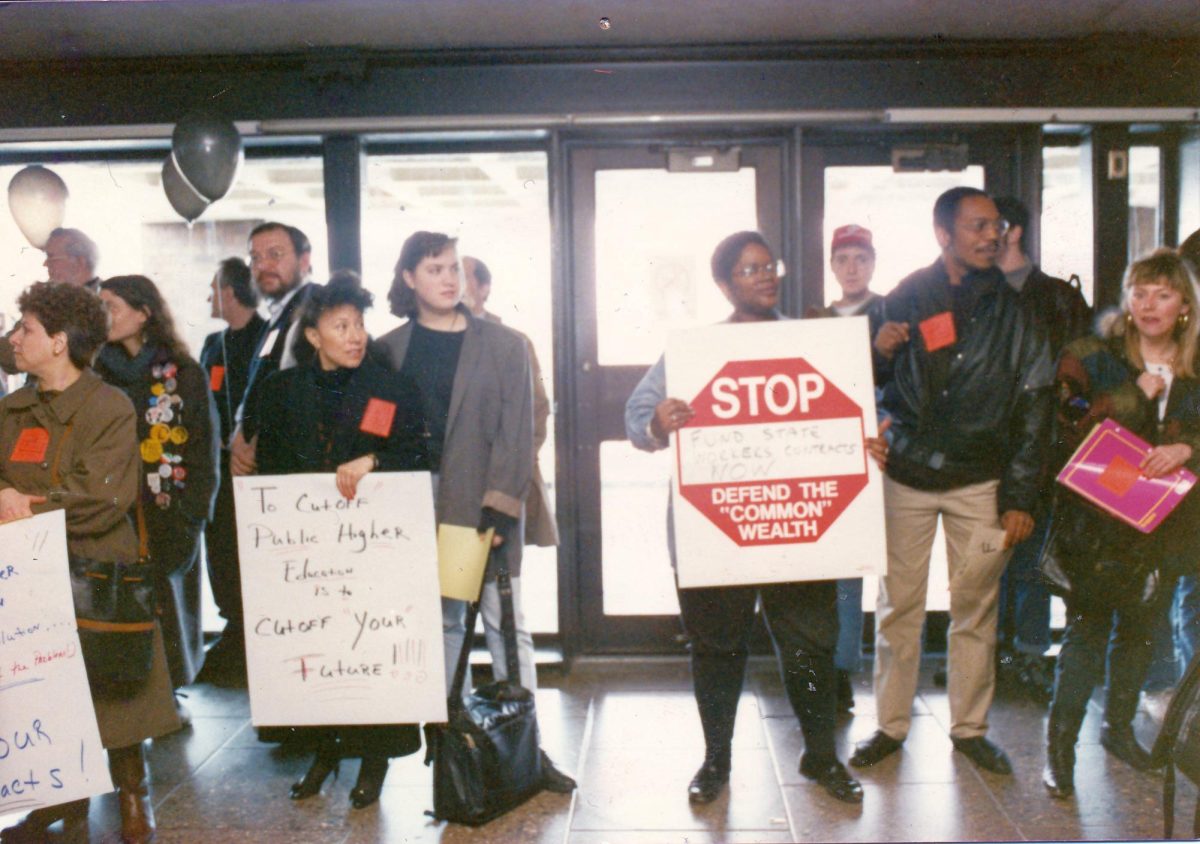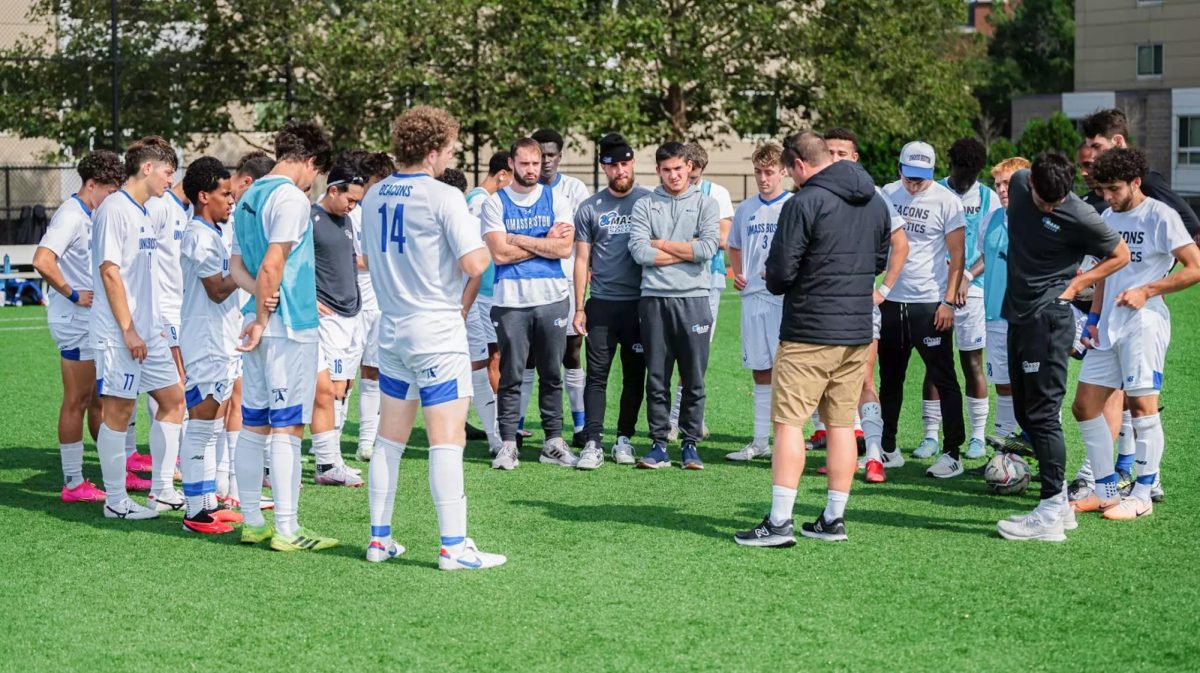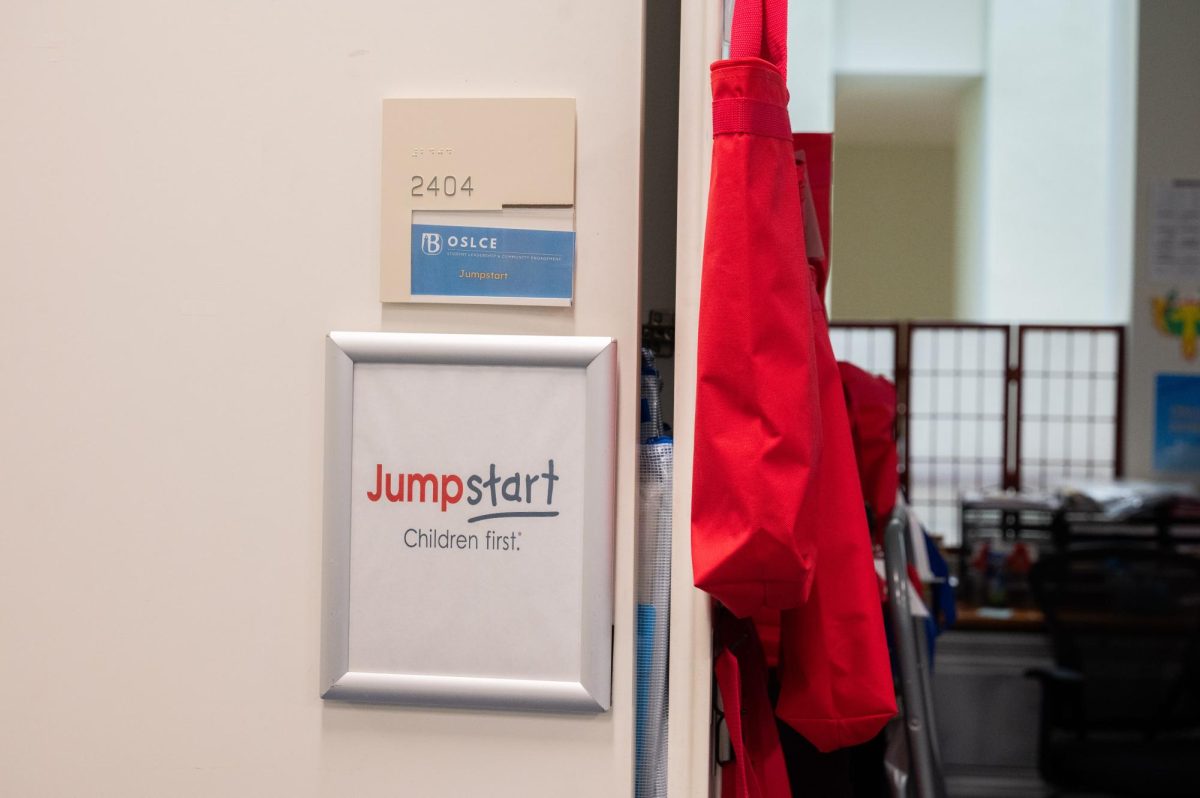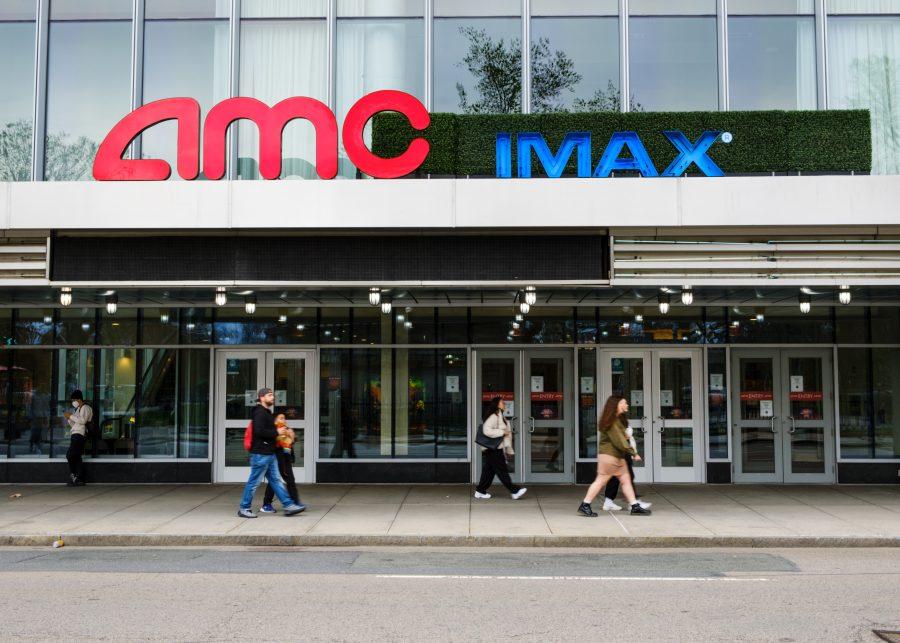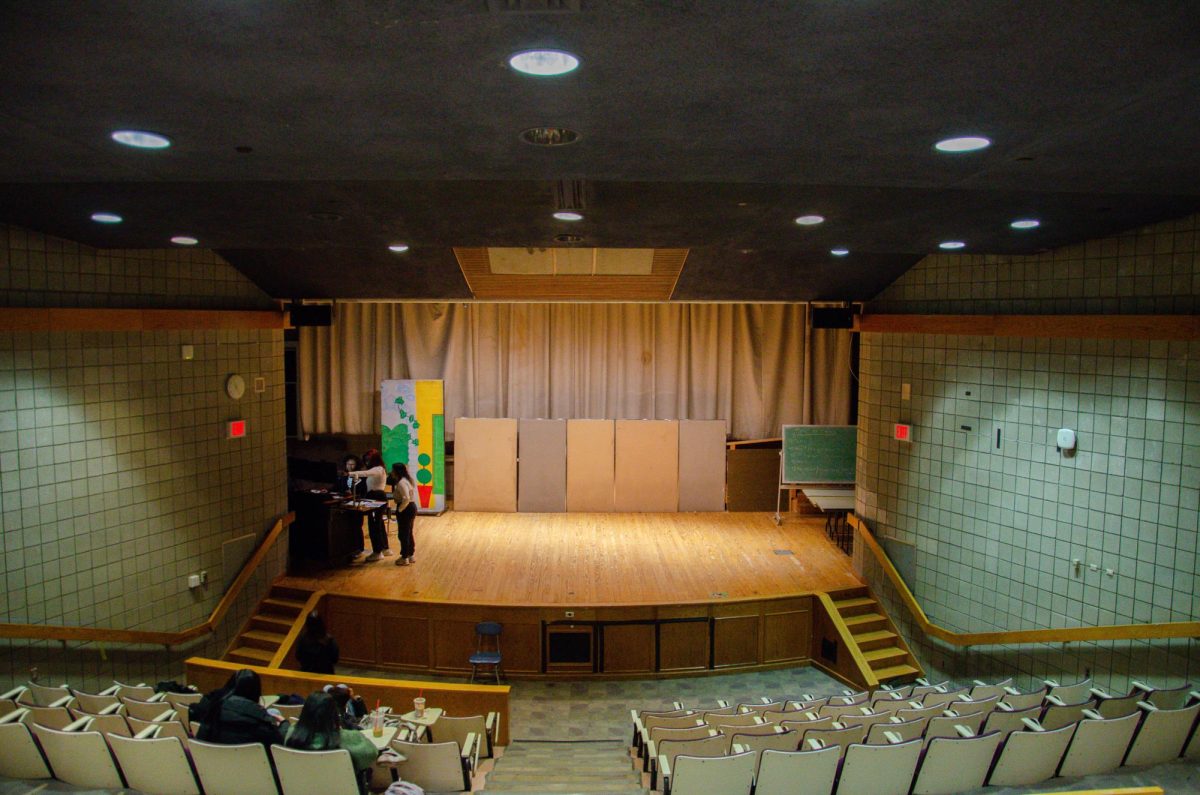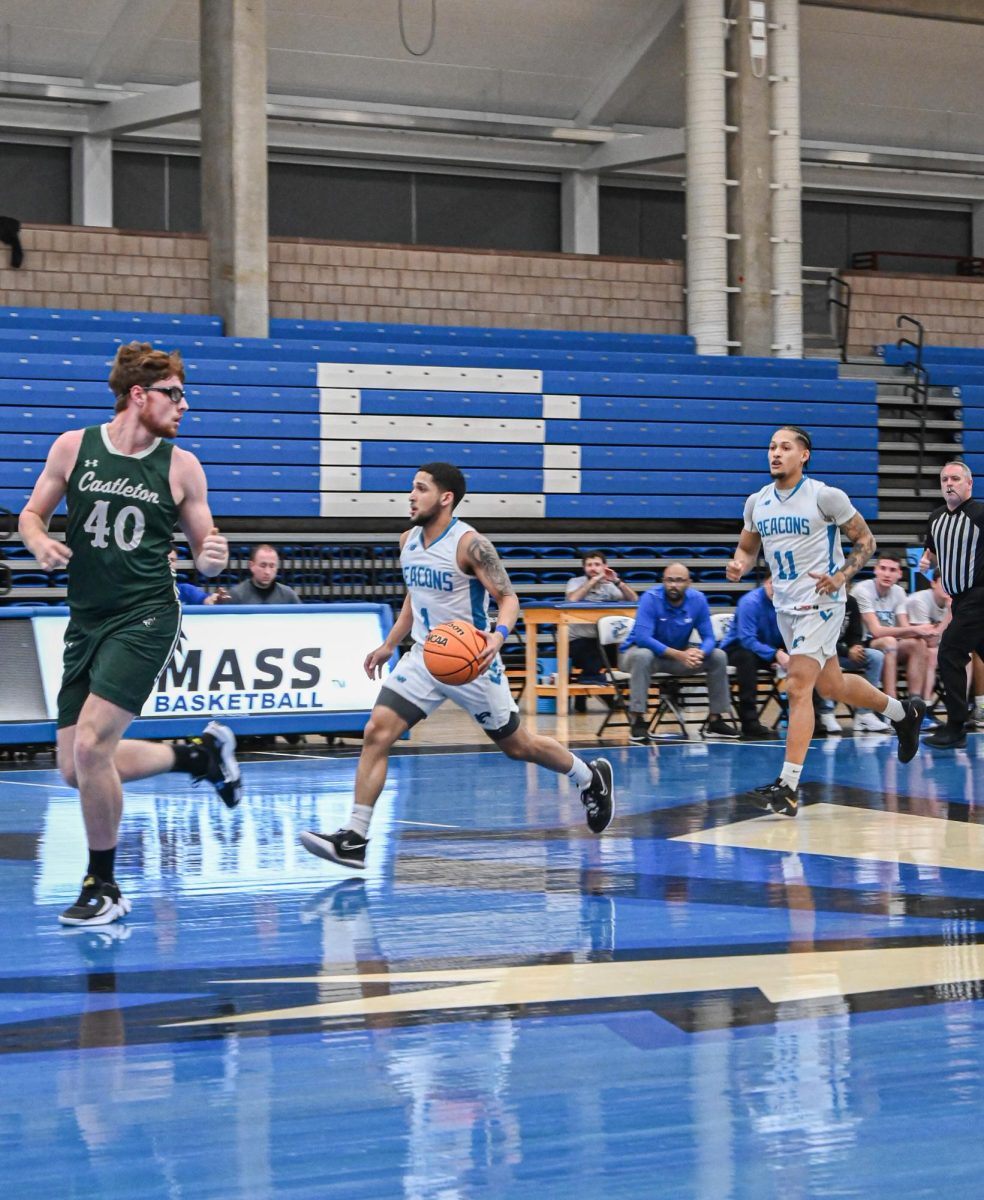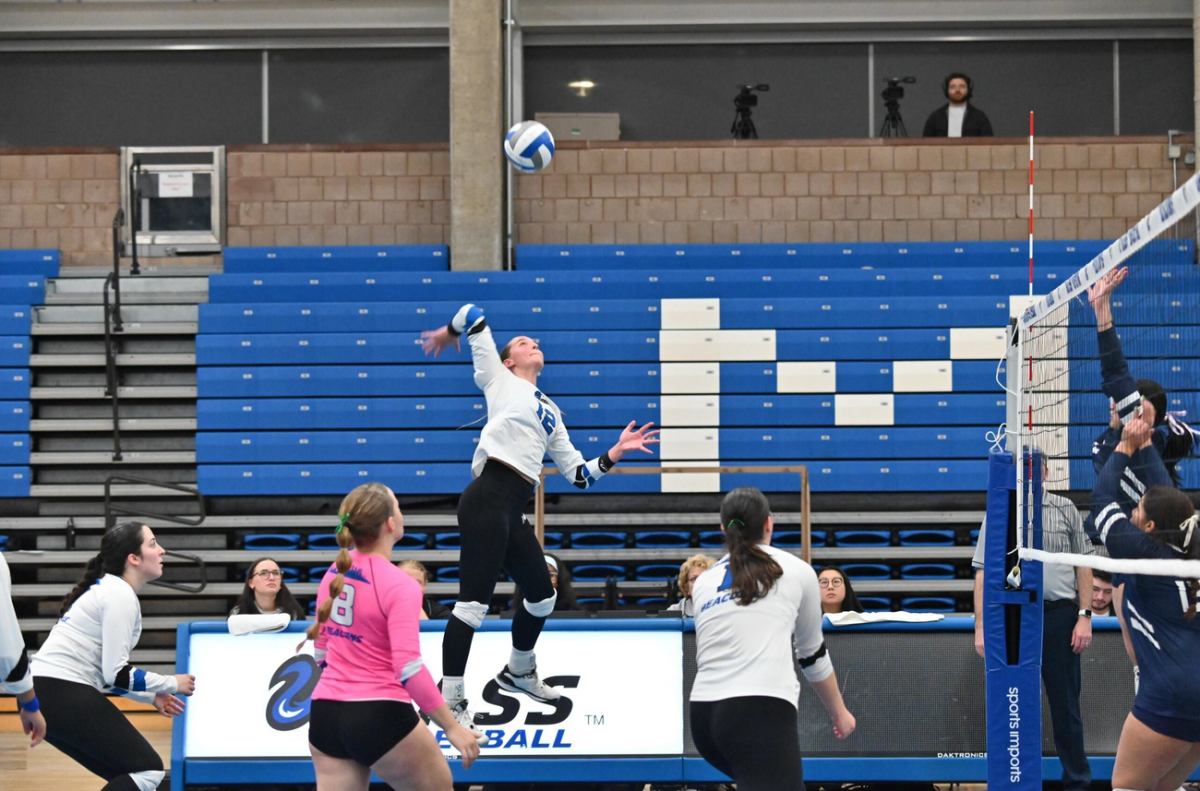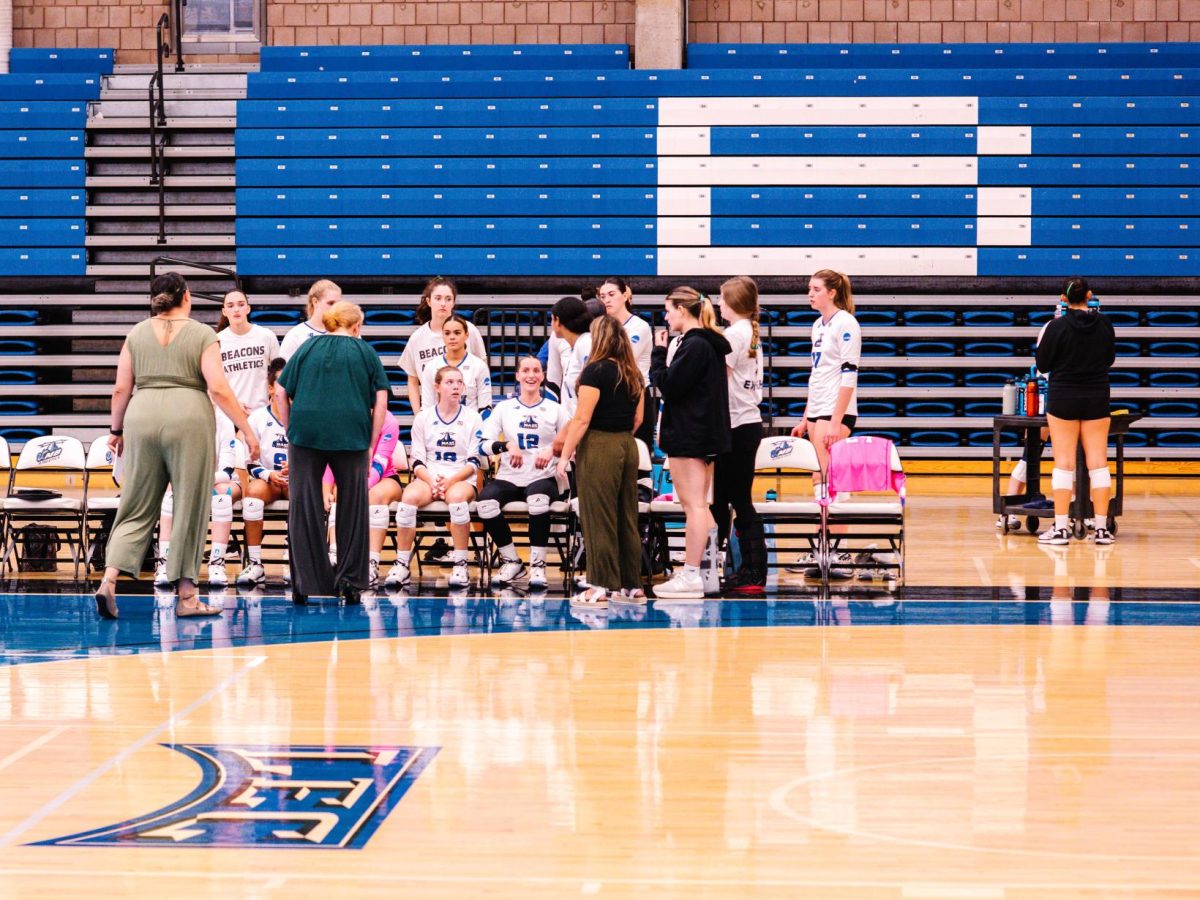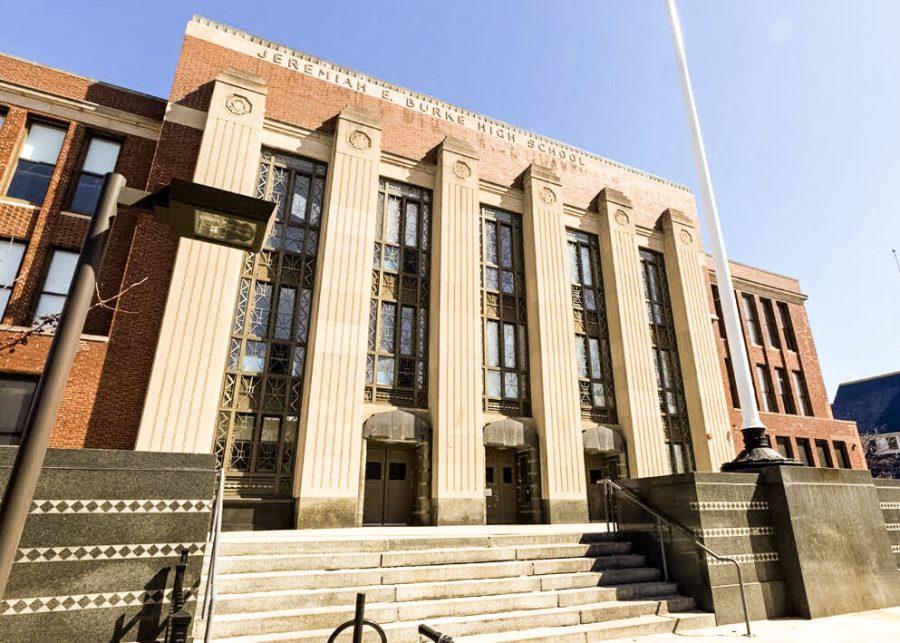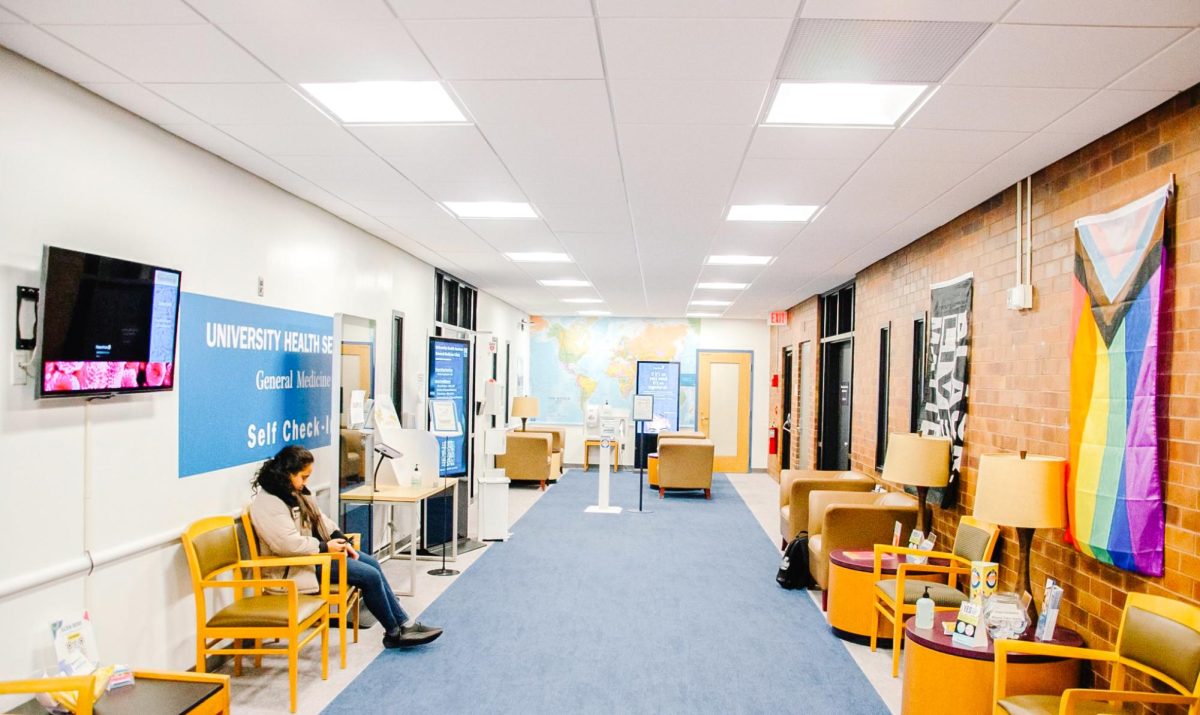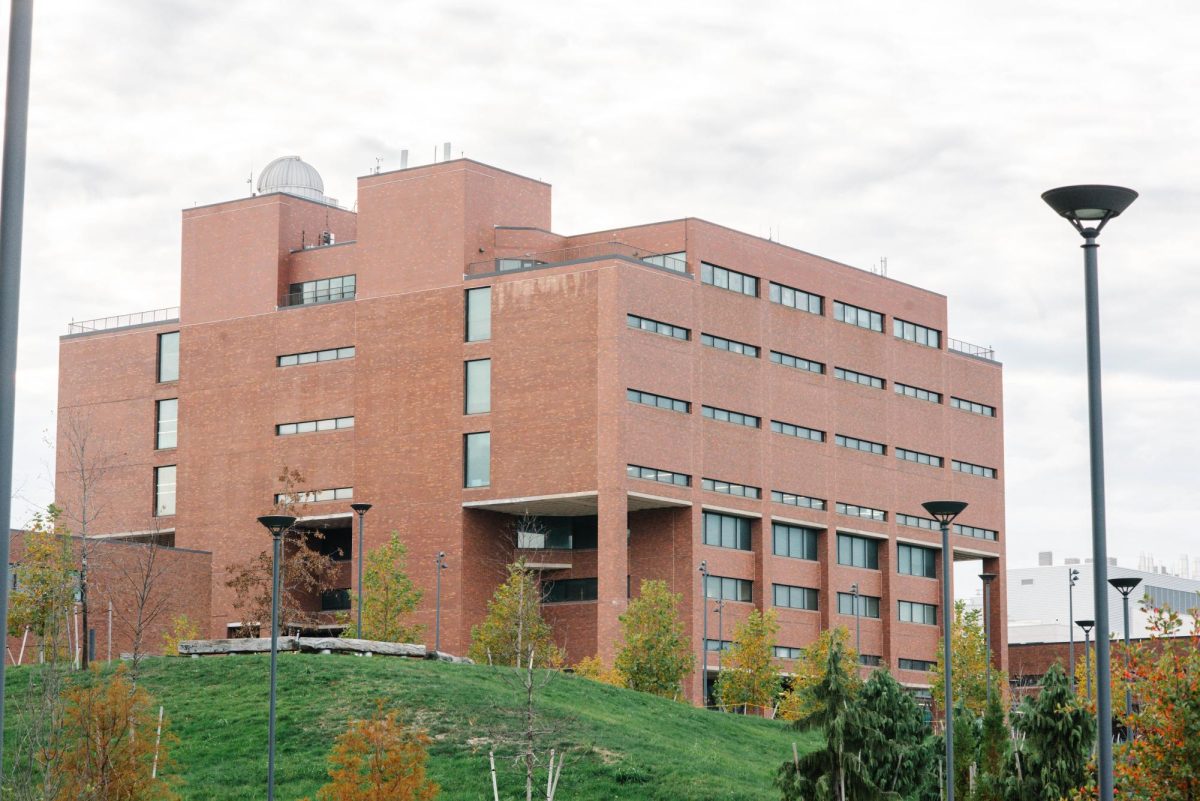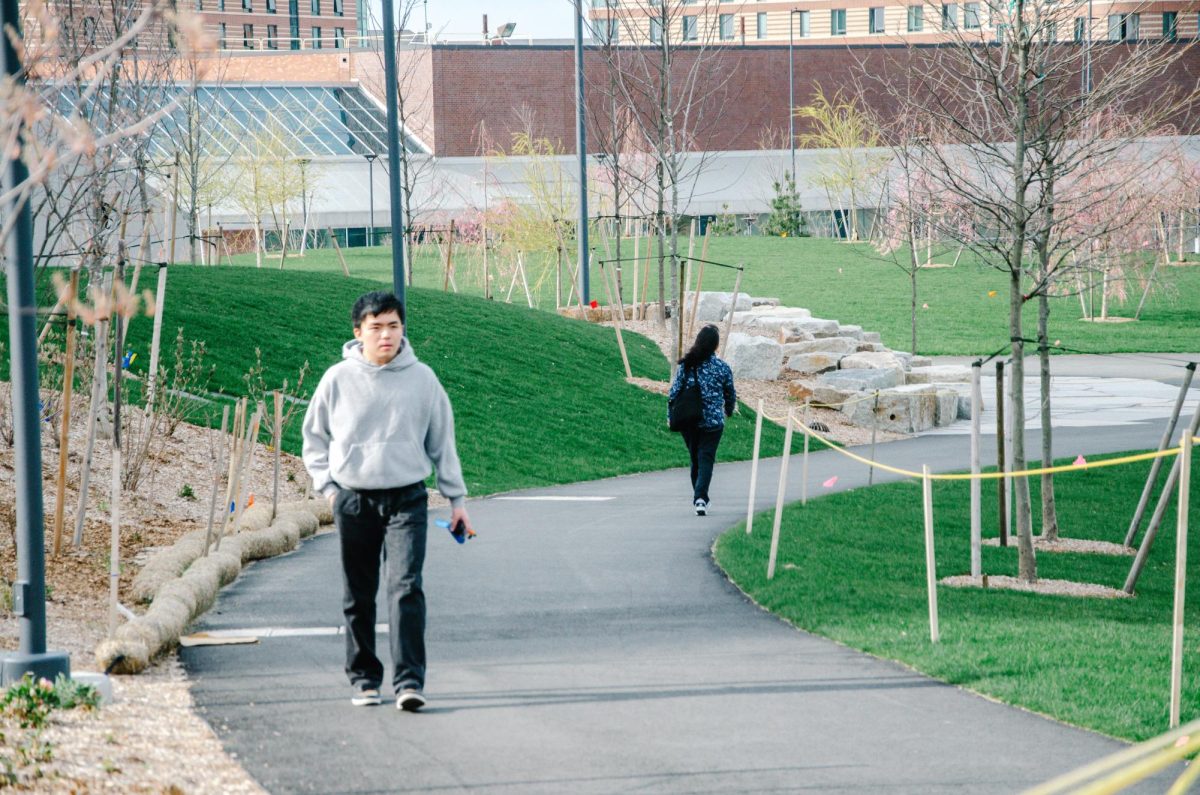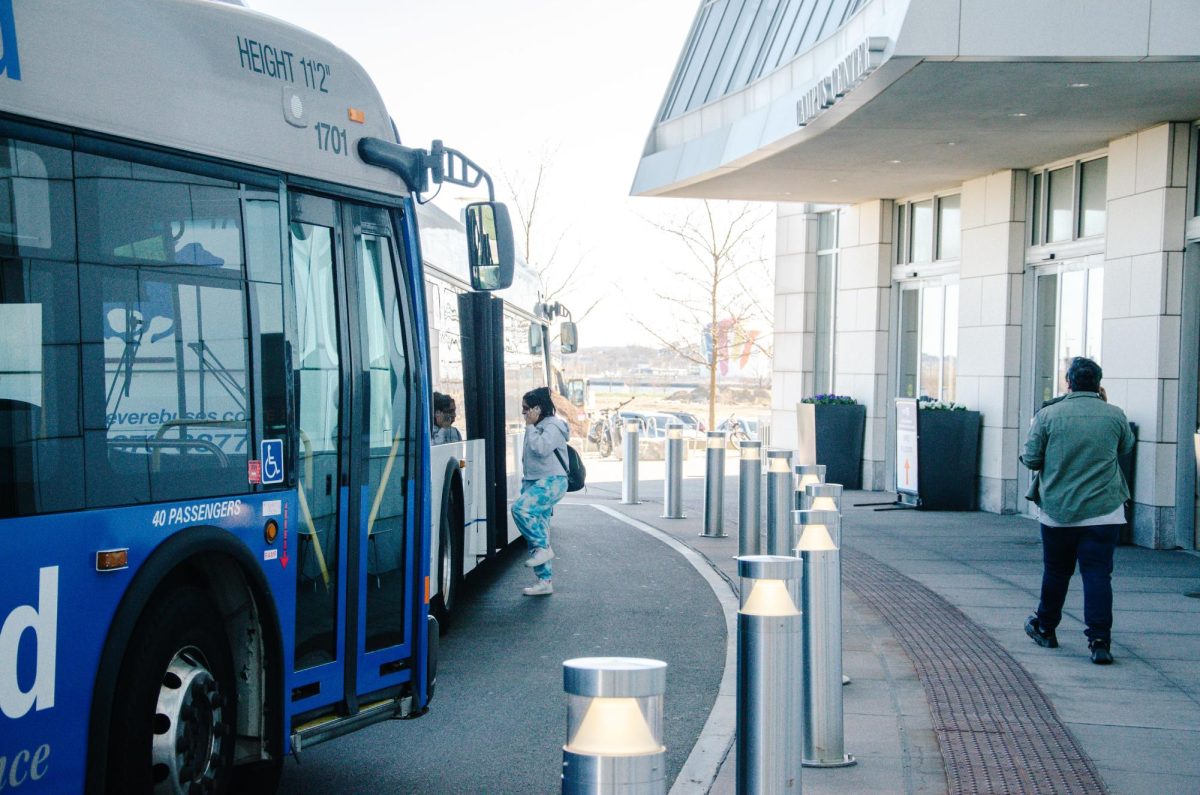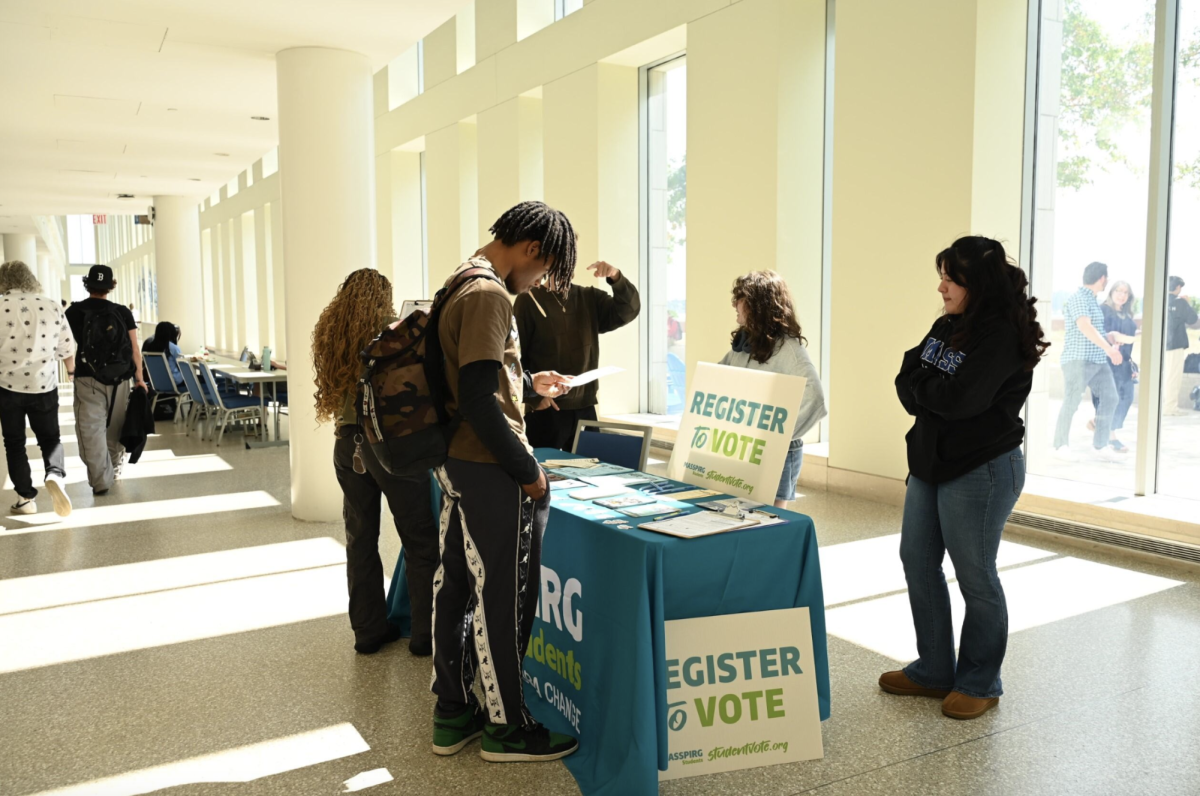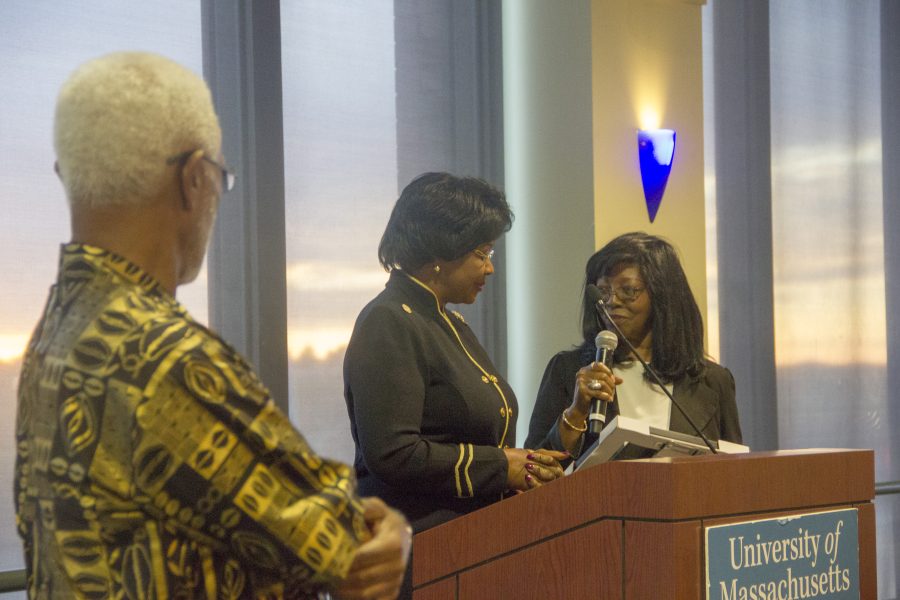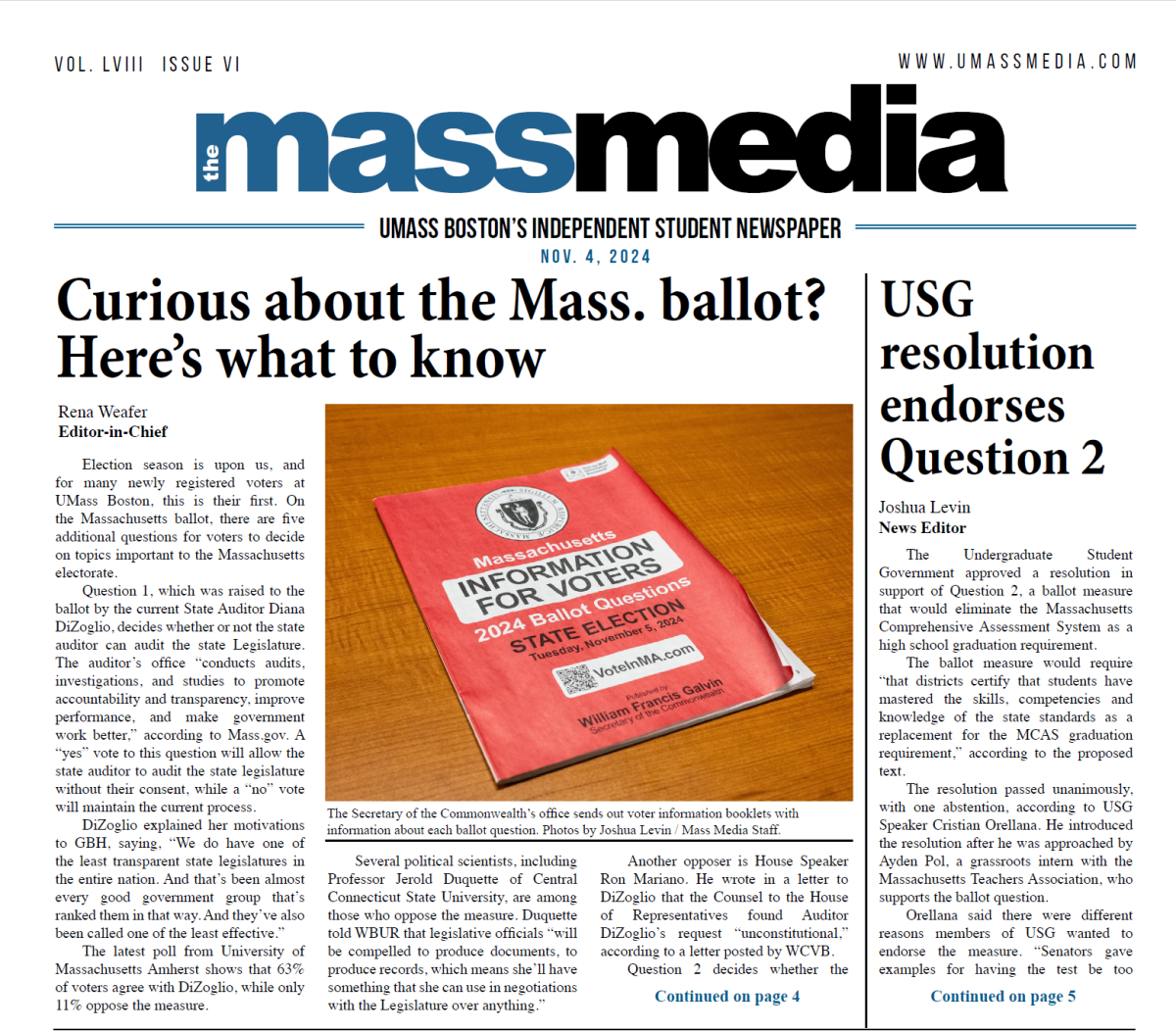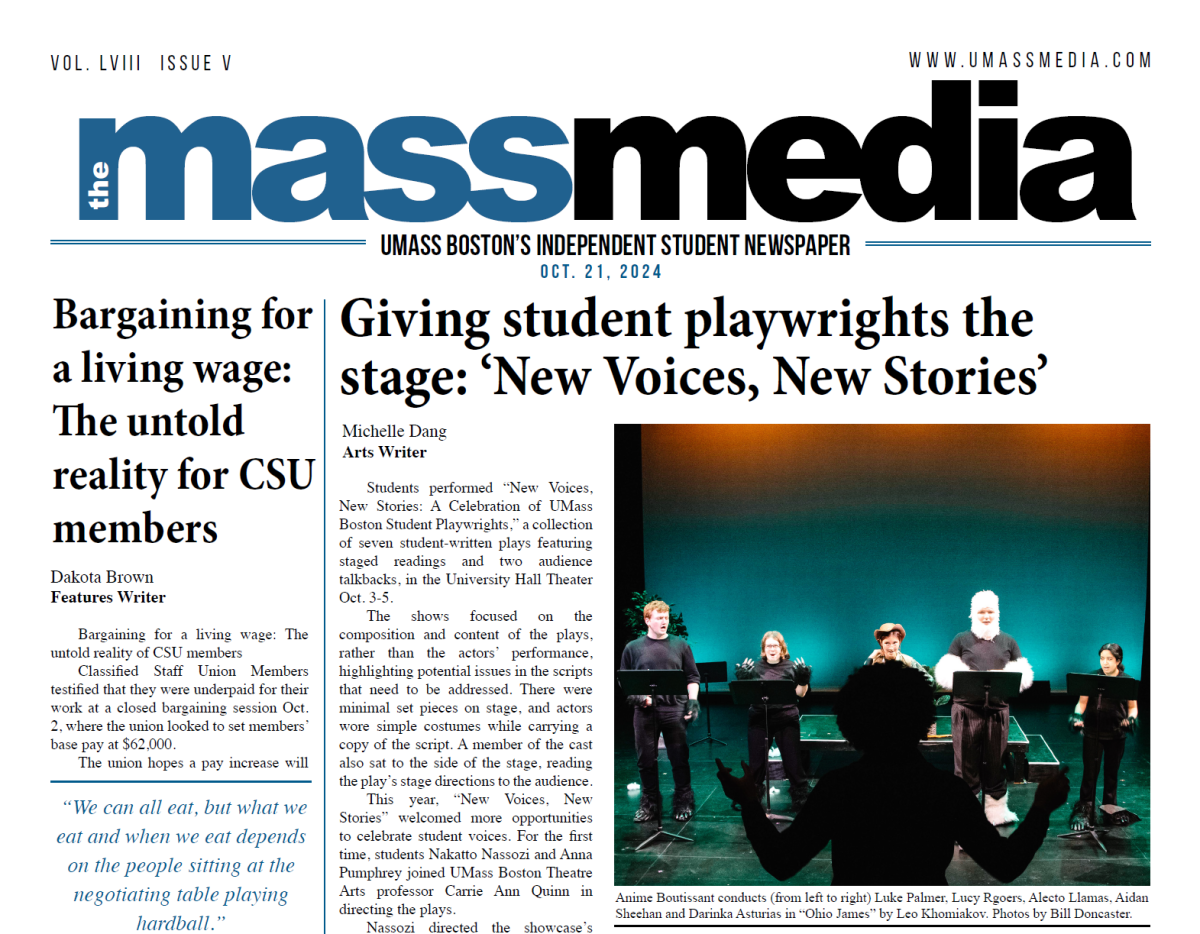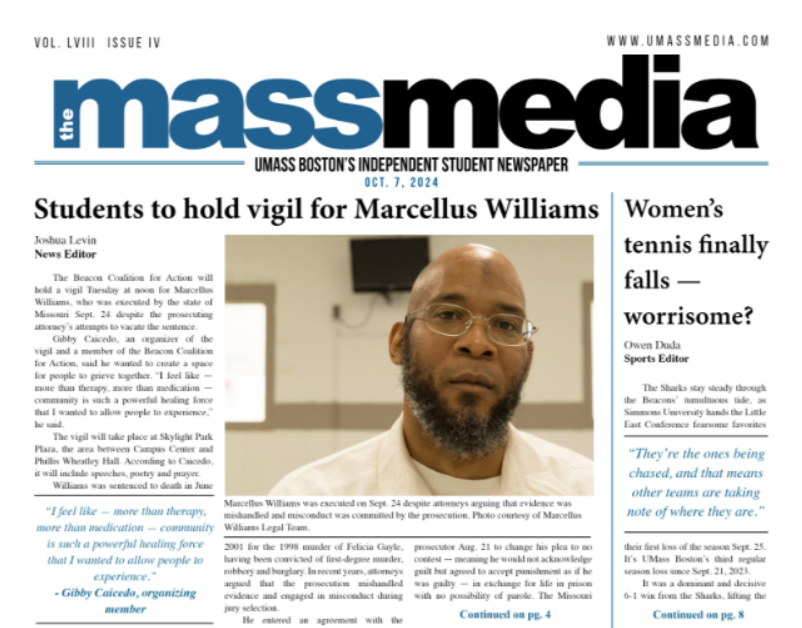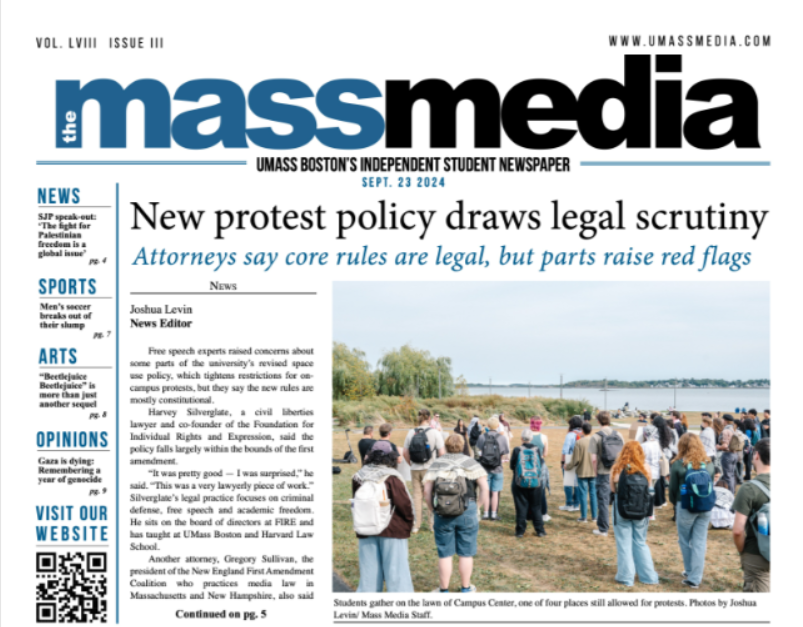Financing The Future: As Schools Teeter On The Brink, Students Find Themselves Falling By The Wayside
April 2, 2006
On March 20th, a panel composed of business executives, researchers, and college faculty convened at the Fairmont Copley Plaza Hotel in order to discuss, among other things, the recent cuts in student financial aid on the federal, state, and local levels. The commission was assembled last autumn by the United States Secretary of Education, Margaret Spellings with the intention of advancing a “comprehensive national strategy for postsecondary education.” It includes current and former Presidents of the University of Pennsylvania and Ohio State University and executives of companies such as Kaplan, Inc. and IBM. Though numerous issues concerning the state of American education were discussed, the affordability of college tuition ruled the day. Jason Pramas of the UMass-Boston Student Senate and Priscilla Walker, a UMass student, related their stories of mounting student debt and the social impact of rising education costs. The President of the University of Massachusetts system, Jack M. Wilson, has said that “We have moved from an ‘everyday low pricing’ model to a ‘moderate cost, high aid’ model,” and many schools find themselves in the unenviable position of choosing between tuition rate increases or depleted faculties and decreased student services and facilities.
On February 1st 2006, the United States House of Representatives passed a bill to cut student loans by twelve billion dollars on a narrow vote of 216-214 after vehement debate. The cuts themselves were part of a larger budget bill which required Vice President Richard Cheney to break a tie vote in the Senate this past December. It would cut slightly less than $40 billion from the government rolls over five years and affect Medicaid and welfare work requirements in addition to loan programs and financial aid.
The largest spending cut in the history of the federal student loan program, it comes as state and local governments are spending over $50 billion more in real, inflation-adjusted dollars than in 1981, and as enrollment at public colleges continues to swell.
While the budget battle roils in Washington, numerous advocacy groups from both private and public institutions are meeting with government representatives to find a way to maintain and advance America’s educational system, while keeping school spending from busting a national budget already reeling. On the local level, activist group MASSPIRG has been vocal as has the UMass student Senate. On April 3-5, MASSPIRG are holding a table for a ‘Student Debt Photo yearbook’ and encouraging students to submit their stories of student debt to a compendium at www.studentdebtalert.org to be submitted to Secretary Spellings’ Commission on the Future of Public Education.
Central to the debate is how funds are allocated. Many feel that schools and the government tend toward a merit-based, as opposed to needs-based, method of rewarding financial aid. The concern stems from the idea that many students granted merit-based financial aid tend to come from affluent or comfortable families able to afford a quality primary education for their children, giving them an advantage over children from broken-down inner-city schools. Also of concern is the FAFSA registration process, which many feel to be unwieldy and overly demanding of its applicants. Paul Lingenfelter, President of the State Higher Education Executive Officers Association in Boulder, Colorado, says that “The financial aid system needs to be simplified and made more transparent. Pell Grants need to be supplemented and states should make this a priority. The federal government needs to do a better job at supporting low- and moderate- income students.”
There are numerous cost considerations involved in any school’s operation, and it is the task of a school’s administration to achieve a workable balance between value and educational quality. As state funding dwindles, it is a balance that threatens to teeter many school budgets over the brink. They see the cuts as coming at a time when public education needs to be shored up, not slashed, in order to allow American students to compete on firm footing with those in other countries, especially in the crucial technological sector.
Senator Edward M. Kennedy (D) of Massachusetts and others have taken steps to combat the aid cuts. The Collins-Menendez-Kennedy Amendment has been drawn up in order to restore funding losses to collegiate programs such as the Pell and Perkins grants, which are lifelines for so many students. The plan would increase the maximum Pell Grant from its current $4,050 to as much as $5,100, which is the figure President George W. Bush mentioned during his first Presidential campaign, while eliminating undue federal taxes and fees. The bill received a split 50-50 vote in the Senate and as such could not pass on its first presentation.
UMass Boston student Stephen Lavery recently spoke with Senator Kennedy on the Senator’s cable access show Capitol Perspective where he noted, “At UMass Boston, nearly 40% of students receive Pell Grants, so from the university’s perspective, the Pell Grant program is imperative. Look at it this way: if the Pell Grant program was not in place, that 40% might not be attending school.”
Lavery distinguishes between grant aid and loans, which he says only defer the cost of an education. He notes Congress’s $12.7 billion dollar funding cut, and estimates that an average student will owe an additional $6,000 dollars on loan repayments as a result. President Wilson of UMass says, “Affordability is perhaps the most talked about, worried about and misunderstood topic in higher education policy circles today. That is not surprising given the wrenching dislocations in public funding of higher education that we experienced from 2002-2004.” He explained that in the last twenty years, the state’s share in the cost per student of higher education has been halved, from roughly 40% to 20%. As a result, many students find themselves mired in seemingly insurmountable debt, which discourages those entering relatively low-paying professions such as teaching or social work. Joshua Chiasson of the University of Southern Maine stated at the Copley conference, “Students are entering the economy as a slave – a slave to Sallie Mae.”
The commission also covered the need to increase concentration in the math and science disciplines nationwide, at both the secondary and the collegiate level, as America’s technology sector continues to expand and compete with India, China, and other nations. As the battle over school funding rages, with some saying that public education deserves to be cut in lieu of poor performance and high maintenance costs and others saying that investing in public education is a matter of national self-interest, America’s perceived lapse in the sciences remains a pressing issue. A federal advisory committee notes that the number of American students seeking science degrees has plummeted from 3rd place worldwide to 17th in the past two decades. This was a topic of some concern at the conference, and indeed is so for much of academia.
There were other speakers at the event, including advocates for the disabled, who urged decision-makers to take into account those with physical or mental handicaps. The Anti-Defamation League urged student and faculty leaders to maintain vigilance toward hate crimes and intolerance on campus. The commission’s next meeting will be in Indianapolis, Indiana on April 6th through the 7th.


